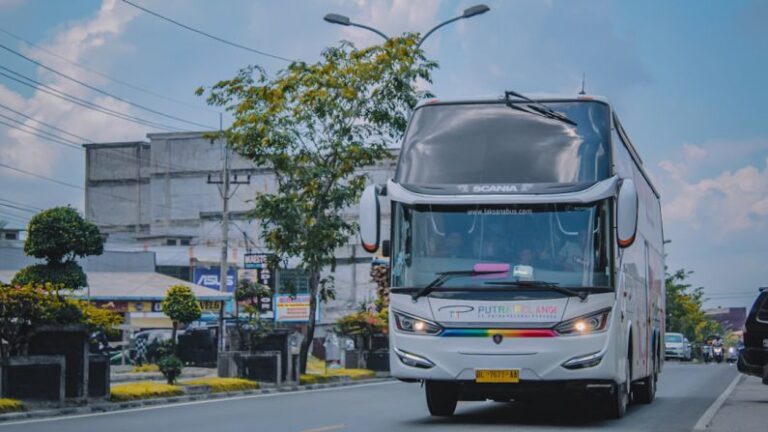Analyzing the Costs of Different Transportation Modes
When it comes to choosing a mode of transportation, cost is a significant factor that plays a crucial role in decision-making. Different transportation modes come with varying costs, which can have a significant impact on individuals, businesses, and the environment. Analyzing the costs of different transportation modes can help in making informed decisions and understanding the overall economic implications. Let’s delve into the expenses associated with various transportation options to gain a better understanding of their financial implications.
**Costs of Personal Vehicles**
Owning a personal vehicle involves several costs, including the initial purchase price, insurance, maintenance, fuel, and parking fees. The upfront cost of purchasing a car can vary widely depending on the make, model, and year of the vehicle. Additionally, insurance premiums can add a significant amount to the annual expenses of owning a car, along with regular maintenance costs such as oil changes, tire replacements, and repairs. Fuel costs are another substantial expense, influenced by fluctuating gas prices and the fuel efficiency of the vehicle. Parking fees in urban areas can also contribute to the overall cost of using a personal vehicle.
**Public Transportation Costs**
Public transportation offers an alternative to personal vehicles, with costs that are typically lower than owning and operating a car. Public transportation fares vary depending on the mode of transport, the distance traveled, and the location. Bus and subway fares are generally more affordable than commuter rail or long-distance train tickets. Additionally, many cities offer discounted rates for students, seniors, and frequent riders. While public transportation can be cost-effective for daily commuters, occasional users may find that individual fares add up over time.
**Ride-Sharing Services**
Ride-sharing services like Uber and Lyft have gained popularity in recent years as a convenient and flexible transportation option. The cost of using ride-sharing services is influenced by factors such as the time of day, demand, distance traveled, and surge pricing. While ride-sharing can be a convenient option for short distances or when public transportation is not readily available, the costs can add up quickly, especially during peak hours or in high-demand areas.
**Bicycle and Walking**
For short distances and urban areas, bicycles and walking are cost-effective and environmentally friendly transportation modes. The costs associated with biking and walking are minimal, primarily involving the initial investment in a bicycle, maintenance, and occasional repairs. Walking, of course, requires no additional costs beyond comfortable footwear. Both biking and walking offer health benefits in addition to cost savings, making them attractive options for short trips and improving overall well-being.
**Environmental and Social Costs**
In addition to direct financial costs, it’s essential to consider the environmental and social costs associated with different transportation modes. Personal vehicles contribute to air pollution, greenhouse gas emissions, and traffic congestion, leading to environmental degradation and health risks. Public transportation, ride-sharing, biking, and walking offer more sustainable alternatives that help reduce carbon emissions and promote healthier communities.
**Making Informed Decisions**
When evaluating the costs of different transportation modes, it’s crucial to consider not only the direct financial expenses but also the broader economic, environmental, and social implications. By analyzing the costs of personal vehicles, public transportation, ride-sharing services, and alternative modes like biking and walking, individuals and policymakers can make informed decisions that prioritize efficiency, affordability, and sustainability in transportation planning and usage.
**In Summary**
The costs of different transportation modes vary widely, encompassing not only direct financial expenses but also environmental and social considerations. By analyzing the costs associated with personal vehicles, public transportation, ride-sharing services, and alternative modes like biking and walking, individuals can make informed decisions that align with their budget, values, and sustainability goals. Ultimately, understanding the full spectrum of costs related to transportation can lead to more efficient, affordable, and environmentally friendly choices in how we move from place to place.






